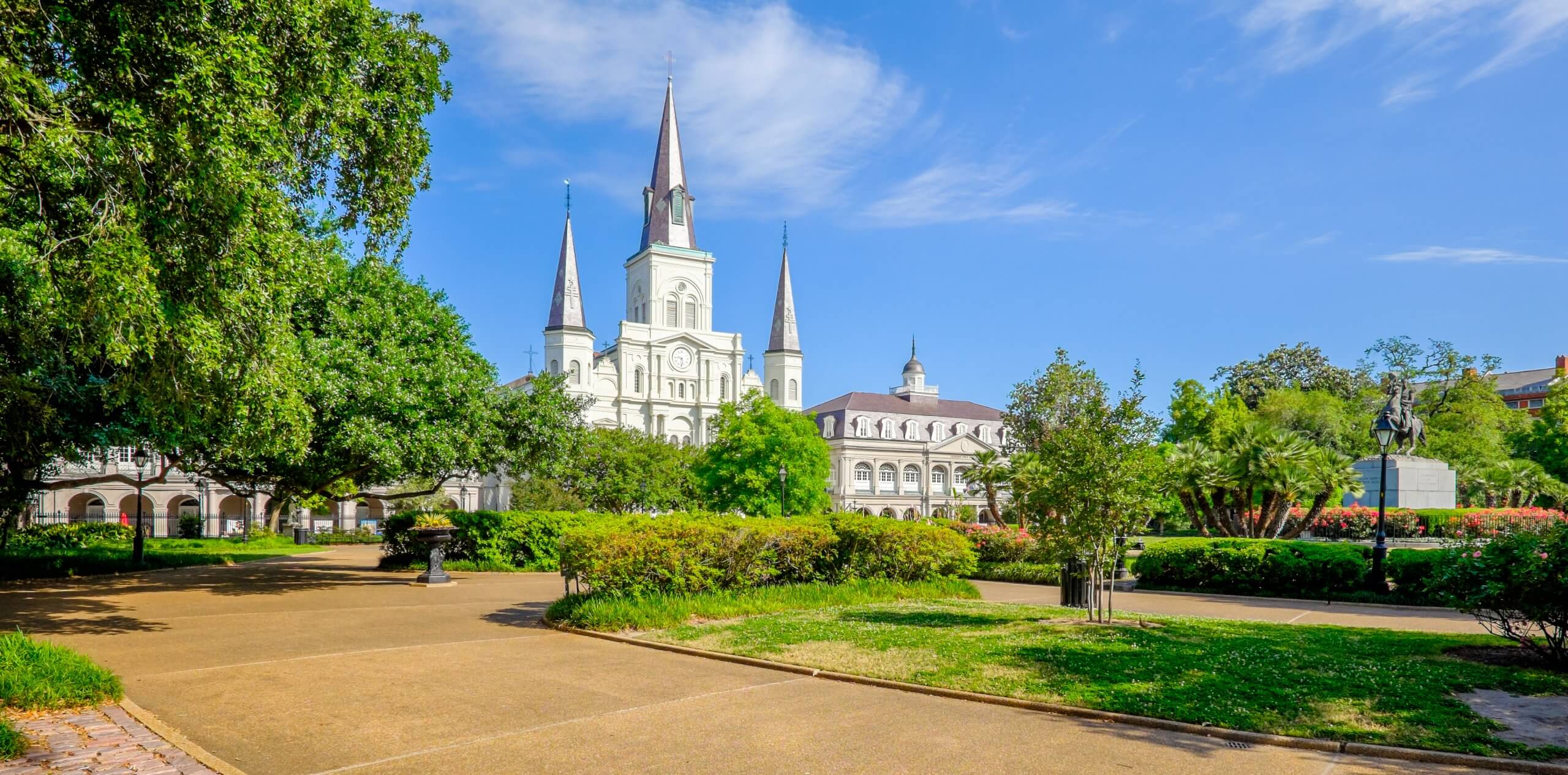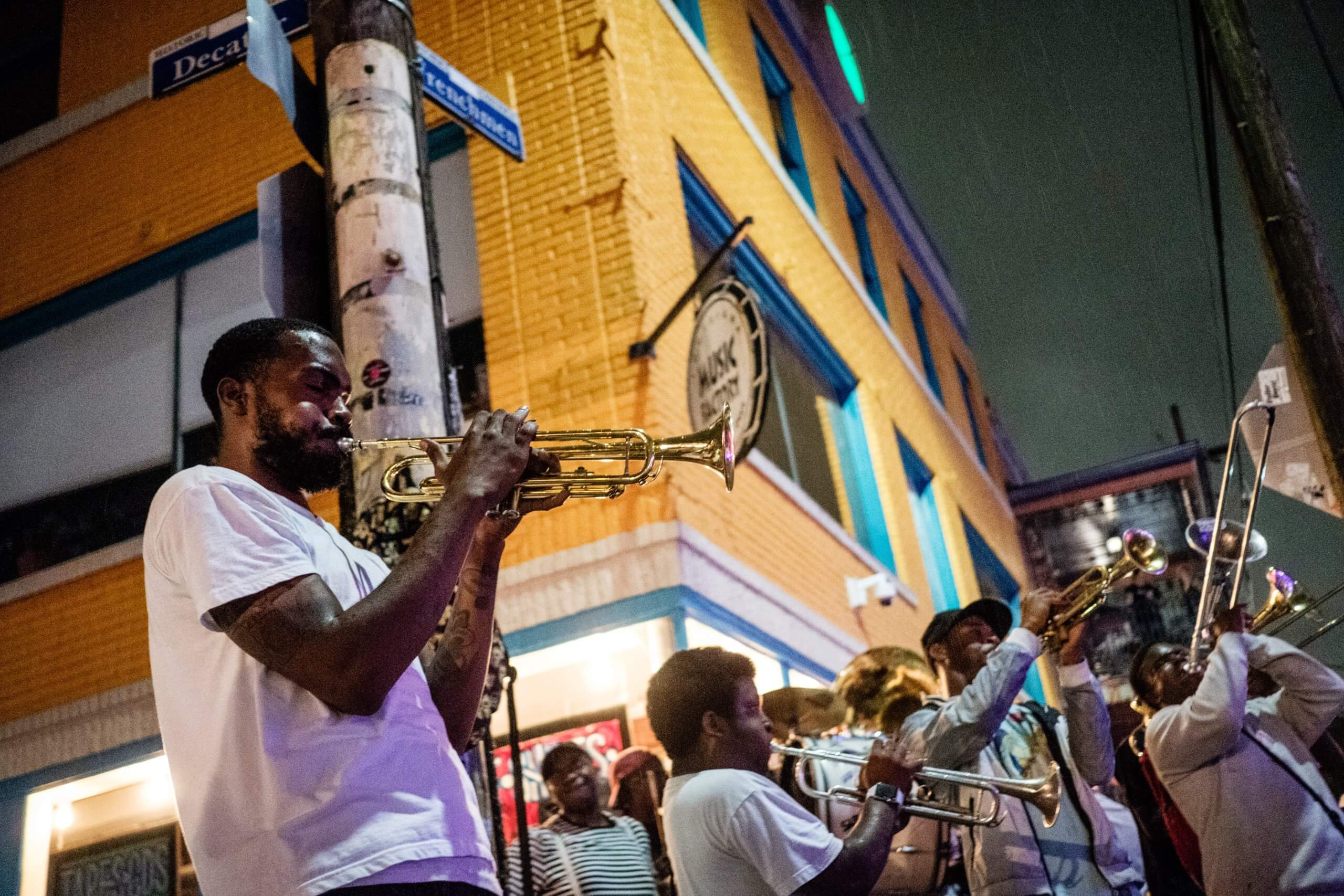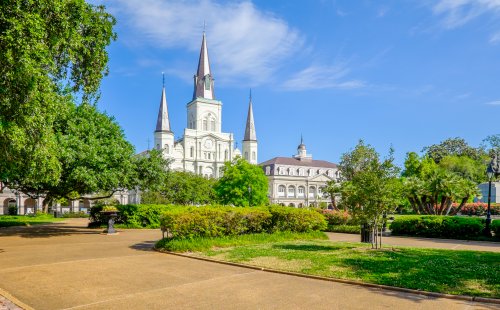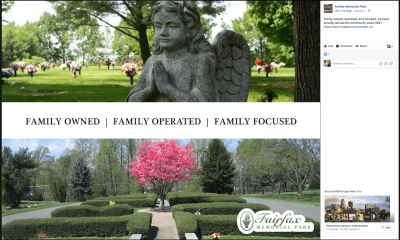
Mardi Gras and New Orleans go hand in hand in the minds of many. But the Fat Tuesday tradition isn’t the only interesting tradition in the city. New Orleans has a fascinating and expansive history around funeral service customs, as well. Funeral traditions around the country and the world differ greatly. While you might be familiar with a conventional funeral service and burial, some in New Orleans treat death a little differently.
Jazz funeral
One famous ritual in New Orleans is known as the jazz funeral service. When this tradition was created back in the early 19th century, the wild music and dancing in the street were traditionally used to help the deceased find their way to heaven and celebrate their release from the bounds that is life on earth. As this tradition was carried on, it became especially prominent among African Americans during the 20th century, as many in New Orleans were still facing racial discrimination. Today, jazz funerals continue as a celebration of life and serve as entertainment for gatherings in the community surrounding a loss.
The jazz funeral features a call-and-response style of music where one section of instruments plays a series of notes and another section follows with a direct response of notes, usually with the use of tambourines and drums. The jazz funeral parade can last up to a full week and became one of New Orleans’ most famous funeral services due to the celebratory nature of the ceremony.

Tombs
Another interesting New Orleans tradition is to be buried above ground. Because the city sits below sea level, water poses an issue to in-ground burials.The ground just a few feet below the surface is so wet and swampy, that an in-ground burial could contaminate the city’s water. So, unlike the majority of other cities in the U.S., New Orleans cemeteries are full of tombs and mausoleums.
Families are often buried together to establish unity throughout cemeteries, and there are unlimited burials in tombs and plots. “Families have used the same tombs in many instances for more than 150 years,” according to an LA Times article. This cemetery style is usually called “cities of the dead,” as the tombs are positioned like houses along a street.
Voodoo
There is also a long and rich history of voodoo in New Orleans, which originated in West Africa and made its way to New Orleans through Haiti. Whether it’s a jazz funeral or a Mardi Gras parade, the use of flags, umbrellas, handkerchiefs, and sashes all serve a ritual purpose from the root of voodoo.
Umbrellas are often decorated with voodoo iconography like moons, stars and planets, and when opened, signify the release of the soul of the lost loved one. White handkerchiefs are worn to symbolize the flight of the deceased’s spirit, and flags signify the “supernatural beauty of the spirits and their imminent presence in religious ceremony,” according to this ViaNolaVie article. Voodoo has a tremendous influence on funerals and parades in New Orleans as can be seen in regalia throughout these events.
So, as we gather to celebrate Mardi Gras, take some time to appreciate all that New Orleans is. From its celebratory funeral services, to architecturally different cemeteries, New Orleans has a lot more to it than Mardi Gras parades. These rituals exemplify New Orlean’s long history of love and loss.


